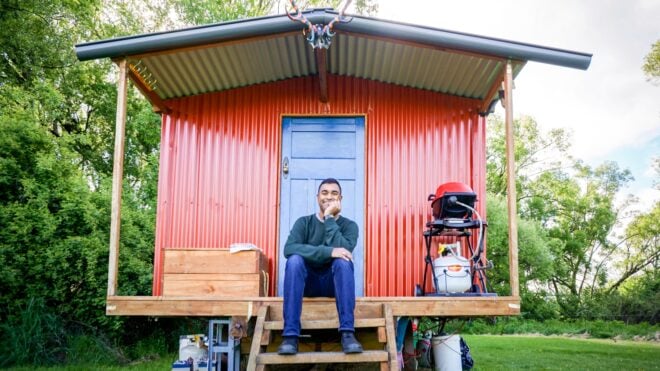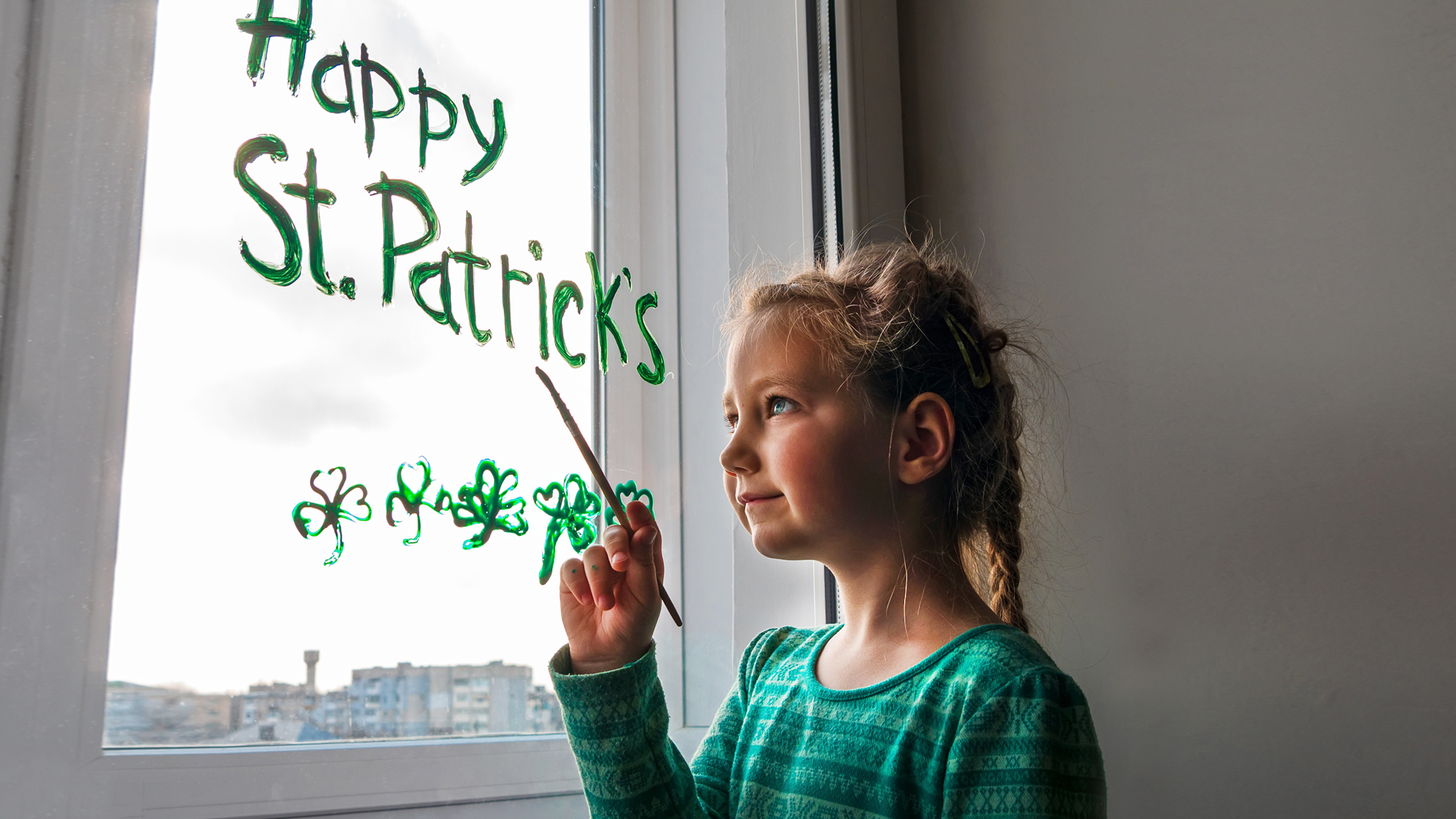
In this article
Grab your green shirt and don't forget the corned beef; St. Patrick's Day will soon be upon us, and this year it's time to finally do it right.
In a world where most of us are waking up to the fact that stereotypes are wrong and it's time for society to change the narrative, we have to address the problematic nature of certain celebrations. St. Patrick's Day has long been associated with green beer, lots of drinking, and partying all night long. But the roots of that stereotype run deep. Read on to learn why, and discover how to celebrate St. Patrick's day respectfully with family and friends.
What is St. Patrick's Day?
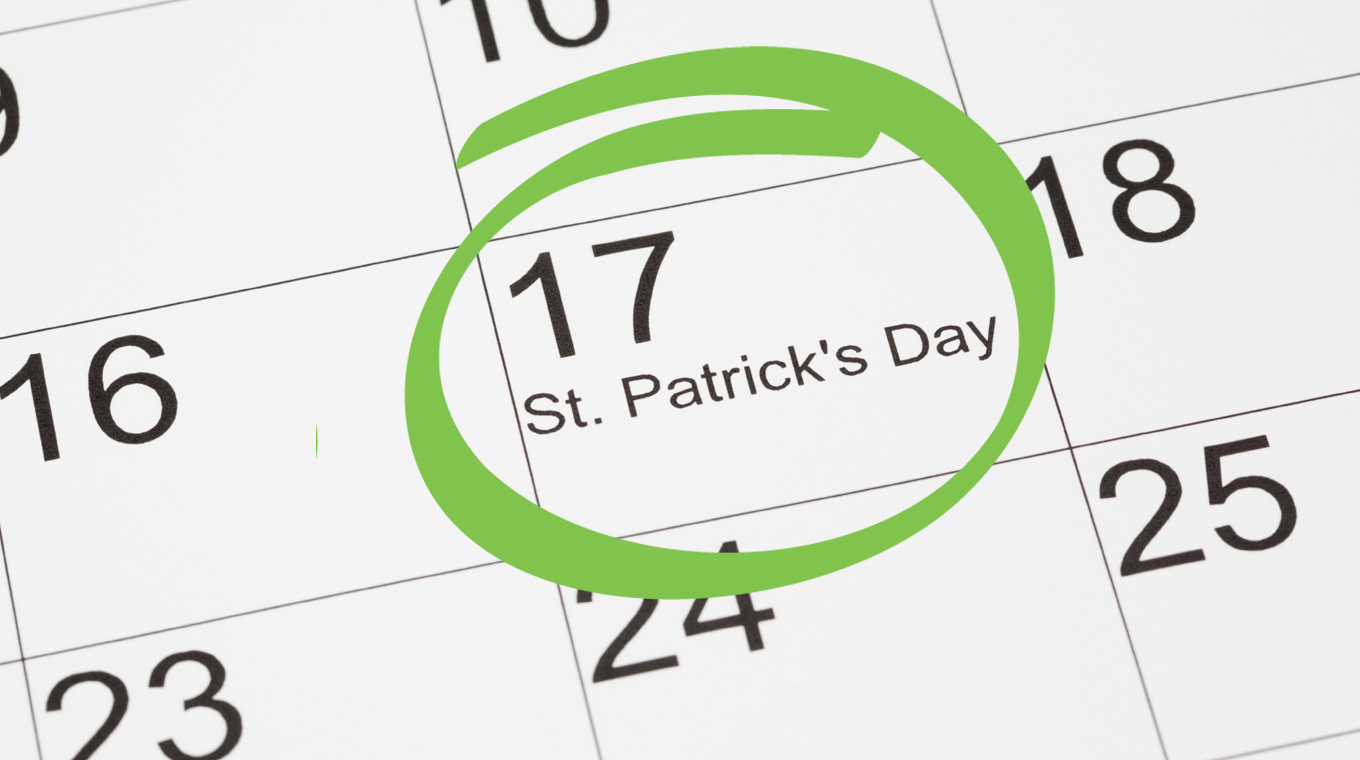
Many are surprised to learn that the St. Patrick's Day celebrations as we know them today did not originate in Ireland. In the mid-1800s, due to the potato blight that caused famine and disease across Ireland, many Irish immigrated to North America and beyond in search of a better life.
The influx of immigrants to the United States in the 1800s from countries like Italy, Ireland, and Germany made for crowded Northeast cities. Irish Americans sought ways to celebrate their own culture and thus chose March 17, known as St. Patrick's Day in Ireland, as that day.
St. Patrick's Day was initially a cultural and religious holiday in Ireland meant to commemorate the anniversary of the 461 AD death of the country's patron saint, who wasn't actually from Ireland!
St. Patrick was born in Roman Britain, where he was kidnapped into slavery in his teens by pirates who brought him to the Emerald Isle. He escaped six years later and eventually made his way to the priesthood and returned to Ireland to spread Catholicism.
Christians began celebrating the anniversary in 1621, which in that year, fell at the end of Lent when restrictions on eating meat, dancing, and drinking alcohol were lifted. Alcohol became part and parcel of St. Patrick's Day celebrations, which became popular in New York beginning in the 1700s and grew from there.
How to celebrate St. Patrick's Day respectfully
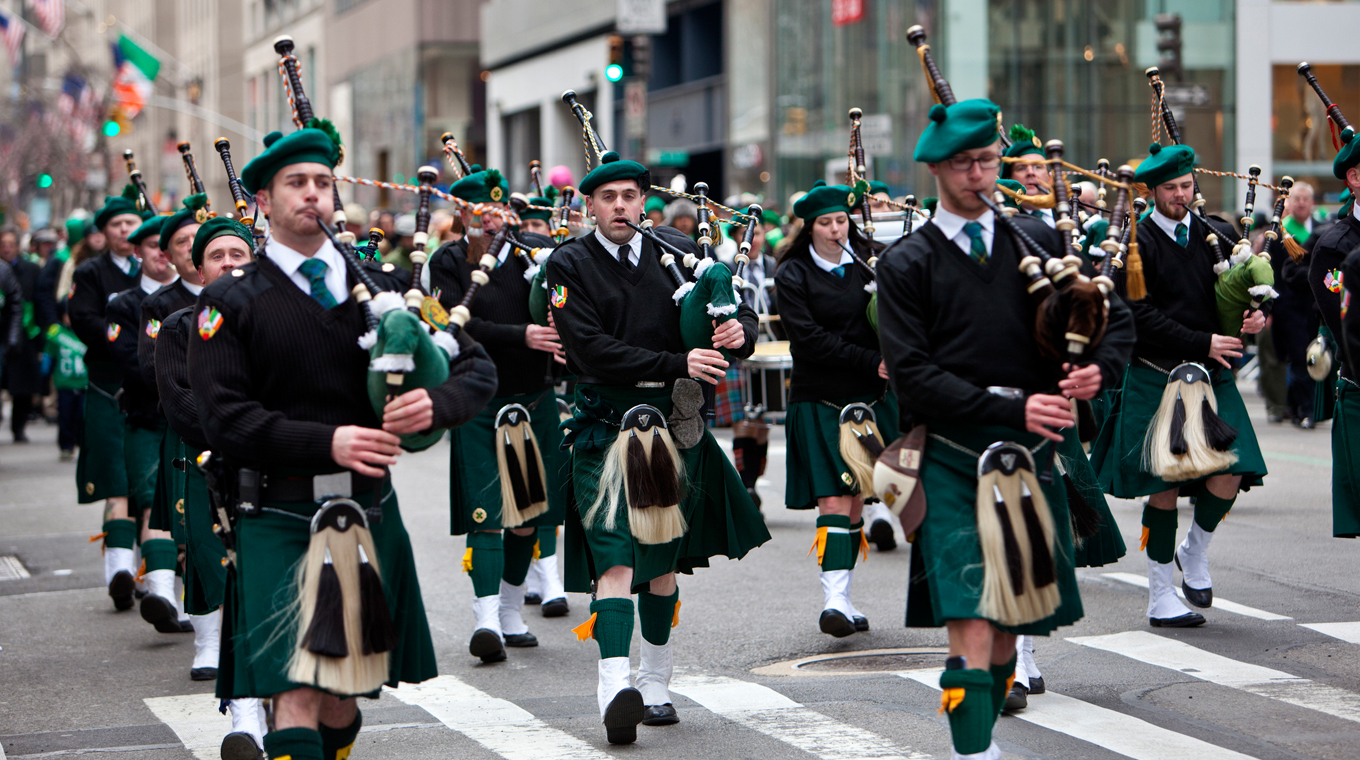
Today we celebrate St. Patrick's Day with community parades, block parties, wearing green, marathons, and picnics as well as nightclub and bar festivities. However, today people also tend to associate St. Patrick's Day with drinking too much and getting drunk. Pub crawls, green beer specials, and bar events have become highlights of the celebrations, but why is that?
Anti-immigrant sentiment fueled rumors and stereotypes that the Irish coming into the city were drunkards who couldn't hold jobs or take care of their children. The truth of the matter is that during colonial times, alcohol was part of each meal, even for children, as water was unsafe to drink at the time.
It's 2023, and we're all trying to be and do better, so how can we celebrate St. Patrick's Day appropriately and begin to push back on negative stereotypes and connotations? Here are a few ways to celebrate St. Patrick's Day without being insensitive.
Attend a St. Patrick's Day parade
What better way to celebrate than by watching and supporting local high school bands, business floats, and other community members in a St. Patrick's Day parade down Main Street? Check the websites of your town or city's Chamber of Commerce or Department of Cultural Affairs to find local parades and celebrations.
Cook a St. Patrick's Day meal together
Growing up with an Irish-Italian grandmother from the North End of Boston meant New England Boiled Dinner every St. Patrick's Day. This traditional meal, as well as corned beef and hash, were often served by Irish Americans. The corned beef was often substituted for ham. And don't forget the Irish Soda Bread!
Wear a fun T-shirt
You'll want to avoid any shirts that make reference to beer or drinking and opt for a shirt that represents Irish-American culture in a positive way. For a fun craft project, let your kids make this simple four-leaf clover T-shirt.
Discover Irish history
If your memory of history is a little rusty, take the time to better understand Ireland's history and how St. Patrick's Day came to be. Historical fiction and nonfiction books can be an engaging way to immerse yourself in world history. A good one to start with is A Short History of Ireland by John Gibney.
Support your local Irish-American community
If your city has a thriving Irish-American community, spend time visiting restaurants and shops and attending festivals and other special events.
Celebrating St. Patrick's Day with kids
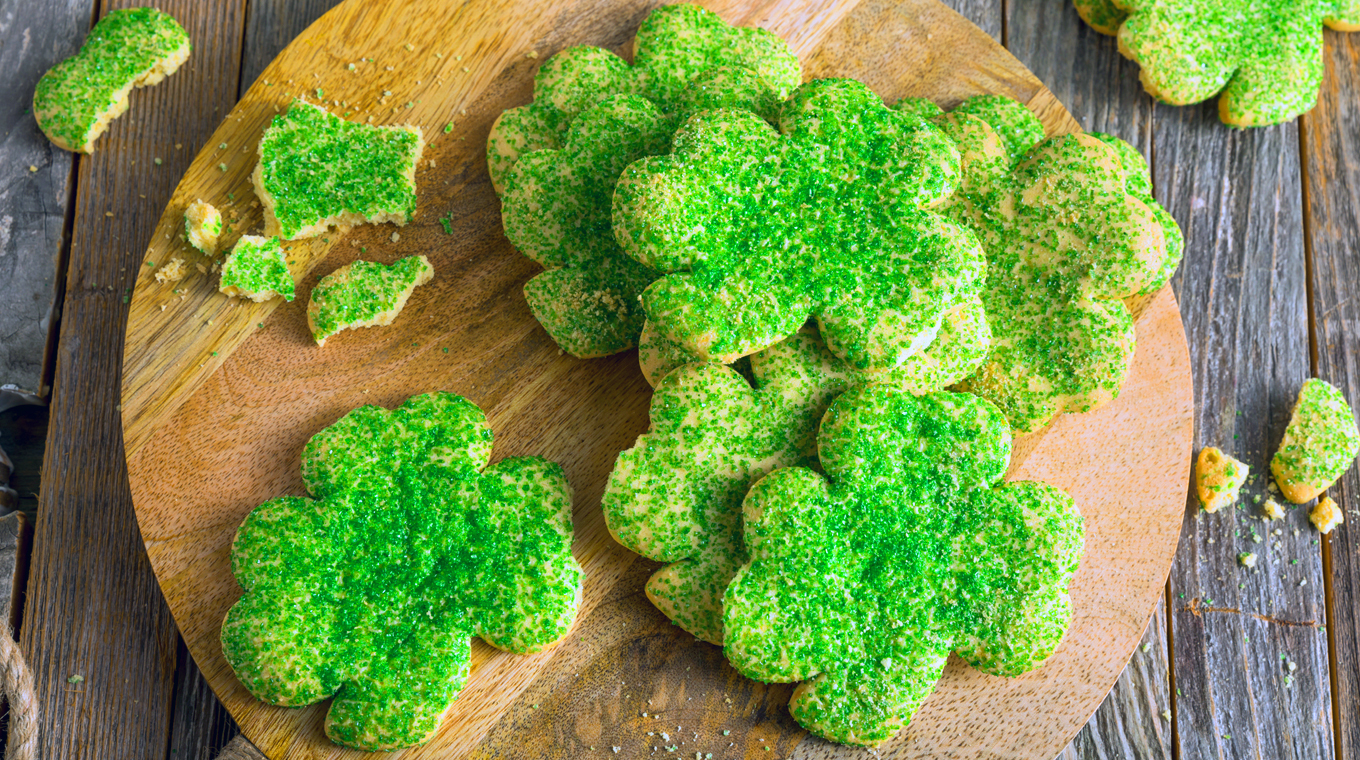
St. Patrick's Day isn't just for adults! There are plenty of activities you can do on this holiday and the days leading up to it. Taking time out to celebrate St. Paddy's Day with kids in a sensitive and appropriate way will go a long way toward combatting stereotypes and generalizations. But it starts with us — we have to consider what we say around our children and speak up when someone says something inappropriate.
"Children will carefully observe how the adults in their lives intervene when someone is the target of hurtful or discriminatory behavior. Silence in the face of injustice conveys the impression that adults condone the behavior or consider it not worthy of attention," Caryl Stern wrote for the Anti-Defamation League. "We must make it clear to our children that name-calling will not be tolerated and explain the thinking behind 'zero tolerance' when it comes to prejudice."
Bake St. Patrick's Day cookies
Use cookie cutters to cut out shamrock shapes and use green icing and sprinkles to frost them. For a more traditional option, make a delicious batch of Irish shortbread cookies.
Read books about St. Patrick's Day
A quick visit to your local library will provide a treasure trove of St. Patrick's Day–themed picture books for kids, but be mindful of the types of books you're borrowing. Because the use of leprechauns in media is offensive to some Irish Americans, steer clear of these types of books, and choose more neutral options. One great book to start with is St. Patrick's Day by Gail Gibbons.
St. Patrick's Day crafts
Crafts are always a hit with kids, but be sure to stay away from the common school leprechaun mask craft. Opt instead for a flag of Ireland craft. This one is particularly easy for all ages, even toddlers, as it just requires ripping paper!
"Making this easy Irish flag with a collage technique is even easier than drawing the flag of Ireland. This makes it appropriate for kids as young as toddlers, but it's such a fun craft that older kids will want to make one, too," mom of three Marnie Craycroft wrote for Kidsactivities.com.
"This year we combined math, sensory, and culture to make an Irish flag using shapes. The flag of Ireland is 1:2 proportionally so that weaved in a nice little intro math lesson right from the start," Craycroft explained.



